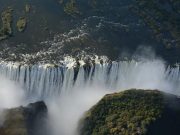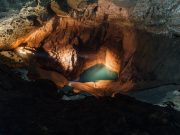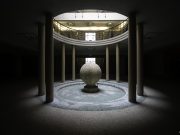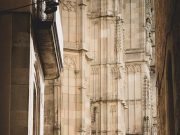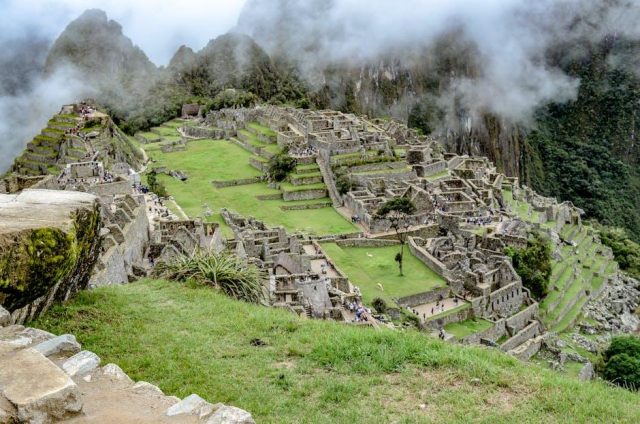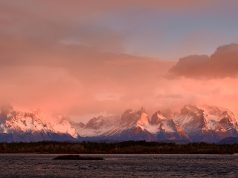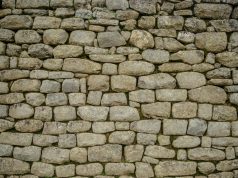Nestled high in the Andes Mountains, shrouded in mist and mystery, Machu Picchu stands as a testament to the ingenuity and artistry of the Inca civilization. This iconic archaeological site, with its terraced slopes and stone structures, has long captivated the imaginations of travelers and historians alike. Yet, as the allure of this ancient wonder grows, so does the throng of visitors eager to walk its sacred paths. In recent years, this surge in popularity has sparked a pressing question: Is overtourism harming Machu Picchu? As we explore the delicate balance between preservation and accessibility, we delve into the challenges and solutions surrounding one of the world’s most treasured sites, inviting reflection on the impact of our wanderlust on this fragile masterpiece.
The Impact of Crowds on Machu Picchus Fragile Ecosystem
Hidden amidst the breathtaking Andes, Machu Picchu’s allure draws thousands daily, yet this influx threatens its delicate balance. Erosion is a formidable foe, exacerbated by the constant foot traffic along its ancient paths. The sheer number of visitors can lead to the degradation of stone structures, compromising the integrity of this UNESCO World Heritage site. Furthermore, the increased human presence introduces pollutants and waste, which disrupt the natural flora and fauna.
- Soil Compaction: Heavy footfall compacts the soil, affecting the growth of native plant species.
- Disturbance to Wildlife: Increased noise and activity disturb the habitats of endemic species.
- Water Pollution: Runoff from the site can lead to contamination of local water sources.
Efforts to manage this impact include visitor caps and designated pathways, yet the challenge remains to balance tourism with conservation. As stewards of history, finding sustainable solutions is paramount to preserving the sanctity of Machu Picchu for future generations.
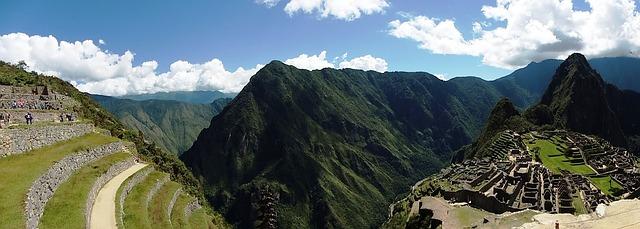
Balancing Preservation with Tourist Demand
Striking a harmonious balance between the need to preserve Machu Picchu and accommodating the influx of tourists is a delicate dance. On one hand, the ancient Incan citadel stands as a testament to human ingenuity and cultural heritage. On the other, it is a magnet for global wanderers, eager to tread its hallowed grounds. The challenge lies in maintaining the integrity of this UNESCO World Heritage site while meeting the expectations of modern tourism. The Peruvian government and conservationists are constantly at odds, working tirelessly to ensure that the sanctity of Machu Picchu is not compromised by the overwhelming number of visitors. Solutions like limiting daily visitors, implementing timed entry tickets, and promoting alternative routes are steps in the right direction, but the journey towards sustainable tourism is ongoing.
- Restricting Visitor Numbers: To reduce wear and tear, authorities have imposed caps on daily visitor numbers.
- Timed Entry Tickets: This strategy helps manage the flow of tourists throughout the day, minimizing congestion.
- Alternative Routes: Encouraging treks like the Salkantay Trail offers tourists a different experience while easing pressure on the main site.
These measures are not without their critics, who argue that such restrictions can limit access and enjoyment. Yet, the overarching goal remains clear: ensuring Machu Picchu endures for generations to come, without losing its allure or authenticity. Balancing preservation with demand is not just a local concern but a global responsibility, urging all stakeholders to act thoughtfully and collaboratively.
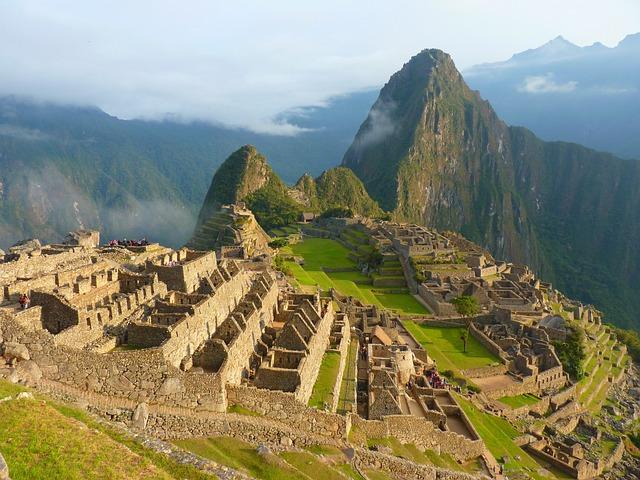
Innovative Strategies to Mitigate Overtourism
To address the challenges posed by excessive tourism, a multifaceted approach is essential. Smart ticketing systems can be implemented to manage visitor flow and prevent overcrowding. By offering time-slot based entries, tourists can enjoy a more immersive experience while reducing strain on the site. This not only enhances the visitor experience but also helps preserve the integrity of cultural landmarks.
Another innovative strategy involves the promotion of alternative routes and attractions. By encouraging travelers to explore lesser-known paths and nearby sites, the pressure on popular destinations like Machu Picchu can be alleviated. This strategy not only disperses tourist traffic but also enriches local economies. Additionally, fostering sustainable travel practices through educational campaigns can instill a sense of responsibility among tourists, ensuring that they leave a positive impact on their destinations.
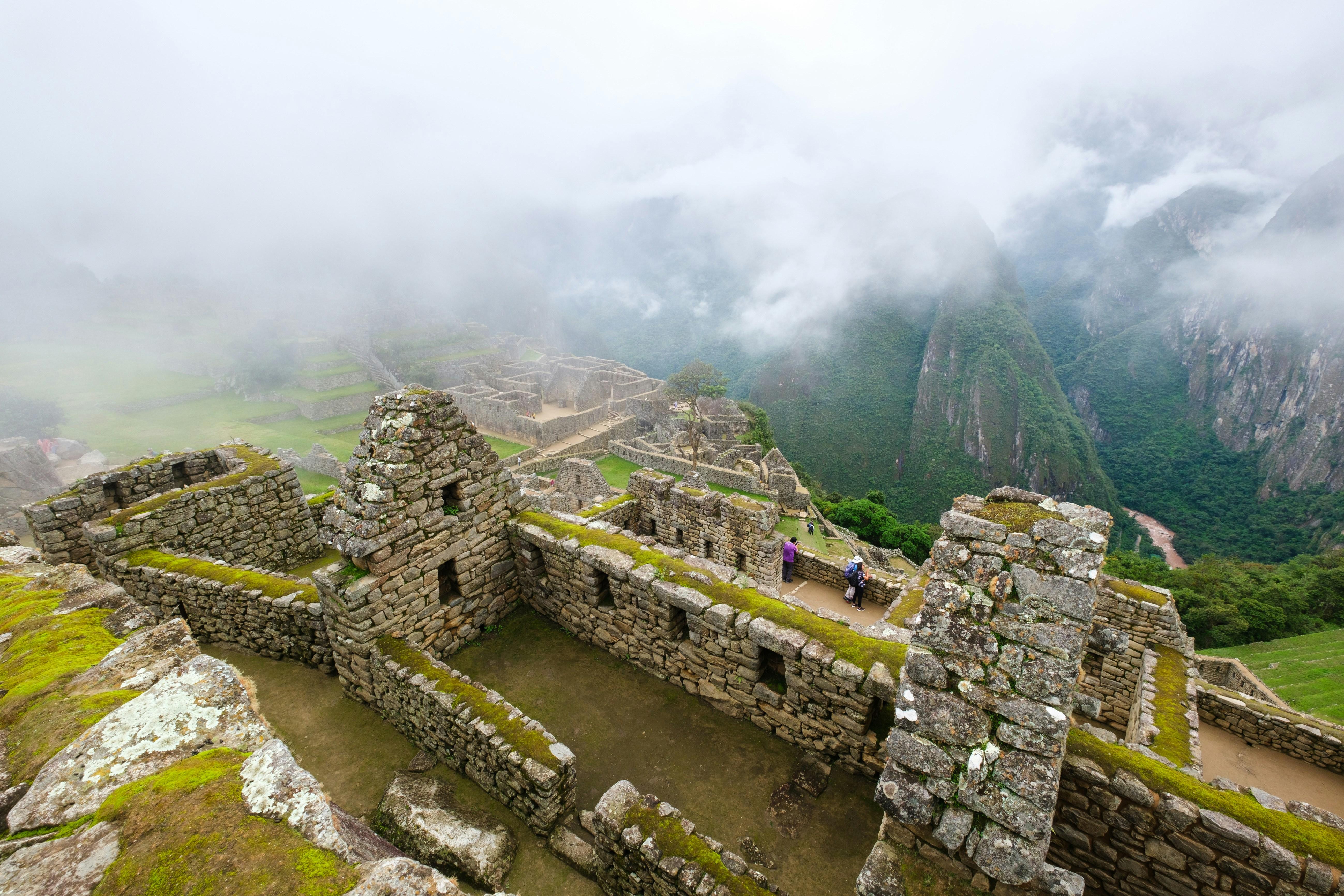
Sustainable Practices for Future Visitors
As we grapple with the challenges of overtourism, embracing sustainable practices becomes essential to preserve the cultural and environmental integrity of Machu Picchu for future generations. Here are some actionable steps that future visitors can take to contribute positively:
- Travel Off-Peak: Consider visiting during the less crowded months. This helps to distribute the environmental impact more evenly throughout the year, reducing stress on the local ecosystem.
- Respect the Site: Follow all guidelines provided by the local authorities, including staying on designated paths and not removing any flora or fauna.
- Minimize Waste: Bring reusable water bottles and bags, and ensure that any waste is disposed of properly to maintain the pristine condition of the site.
- Support Local: Choose local guides and purchase from local vendors to ensure that tourism revenue supports the community directly.
By adopting these practices, visitors not only help in conserving the majestic beauty of Machu Picchu but also play a part in fostering a sustainable tourism model that can be a blueprint for other heritage sites around the world.
Key Takeaways
As the sun sets over the ancient stones of Machu Picchu, casting long shadows across its storied terraces, the question lingers like the mist that often veils this sacred site: is the allure of its mysteries leading to its undoing? Overtourism poses a complex challenge, a delicate dance between preservation and accessibility. While the footfalls of countless visitors echo through the Andes, it is imperative that steps are taken to safeguard this marvel for generations yet to come. Whether through sustainable tourism practices, stricter regulations, or innovative conservation efforts, the path forward must be one that honors both the legacy of the past and the promise of the future. In this intricate tapestry of culture, history, and nature, may Machu Picchu continue to stand not just as a testament to human achievement, but as a beacon of our shared responsibility to cherish and protect the treasures of our world.


